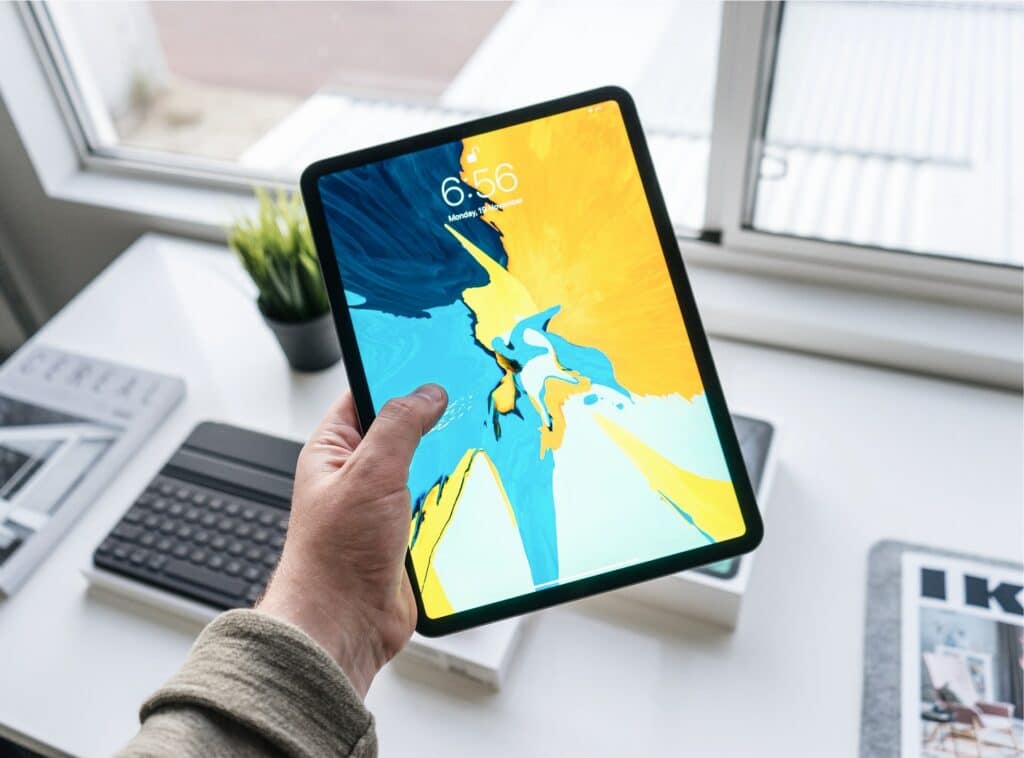
Samsung Display has commenced working on advanced OLED panels to win orders for future iPads, MacBooks, and iMacs. According to The Elec, these panels will sport a two-stack structure, which will increase the display’s durability.
Earlier reports claimed that Apple temporarily put plans for an OLED iPad on hold because its price and quality requirements didn’t suit Samsung Display. The iPhone maker wanted OLEDs with a two-stack structure instead of the current single-stack approach, which was impossible for Samsung at the time.
The report notes:
The challenge in a two-stack structure is to have the charge generation layer, or CGL, control the charge to flow in the same locations on the two emission layers, or else this will negatively affect the color purity and brightness of the red, green and blue pixels on the two layers.
The iPhone and the Apple Watch are the only Apple devices that have single-stack OLED displays, while Macs and iPads still use LCD and mini-LED displays. This could change soon, with reports claiming that future iPads could feature OLED displays with two-stack panels, followed by Macs getting the same treatment. The iPhone maker could use this OLED panel on future iPad Air or 10.2-inch iPad models.
Two-Stack OLED Panel Development Timeline
Currently, Samsung manufactures OLED panels with a single-stack structure. The South Korean display maker is now developing two-stack tandem panels (called the T series), with a focus on getting it ready for customer evaluation. Such panels have two emission layers, thereby doubling the brightness and quadrupling the display’s lifespan. If everything goes to plan, the material will go for commercial production in 2023.
The display manufacturer will then work on developing the next in the series, the T2, which could go into commercial production in 2024. These advanced T series OLED panels could first be used in Samsung’s Galaxy Tab and Galaxy Book series, as a way of verifying its efficacy before presenting them to Apple. If the iPhone maker greenlights it, then the South Korean company’s T2 material could make its way to future iPads.
[Via The Elec]